
Sevices
PVC Pipes and Fittings
APC PVC pipes and fittings are synonymous with superior quality, robust strength, and unequalled durability. PVC stands for polyvinyl chloride, one of the most widely used polymers in the world. Due to its versatile nature, PVC is used extensively across a broad range of industrial, technical, and everyday applications. PVC pipes are manufactured using PVC resin as a raw material through an extrusion process.Pipes are made from high grade in-house manufactured PVC resin and advanced extrusion machines and subjected to numerous quality tests to ensure extreme weather withstanding capacity and perfect for everyday usage. A reputation we have earned by being tough on ourselves by keeping tight. checks on raw materials, processes, compositions, and thicknesses. PVC pipes are mainly categorised into Unplasticized PVC (UPVC) & Chlorinated PVC (CPVC) pipes.
PVC Pipes and Fittings :

PVC Selfit Pipes

Coupler

Reducer
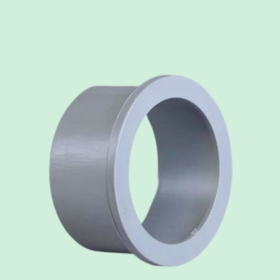
Tail Piece
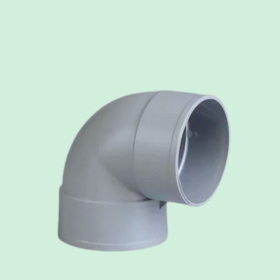
Elbow
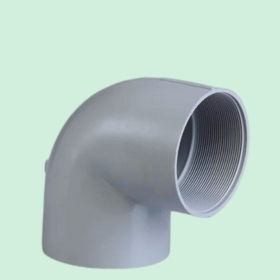
Elbow Threaded
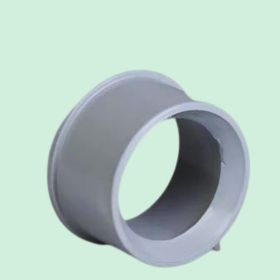
Reducing Bush
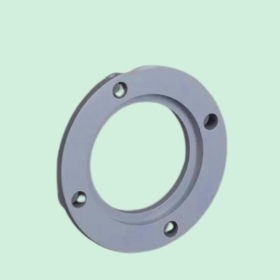
Flange
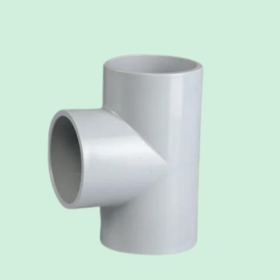
TEE
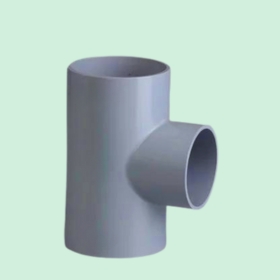
Reducing TEE

TEE Threaded

M.T.A
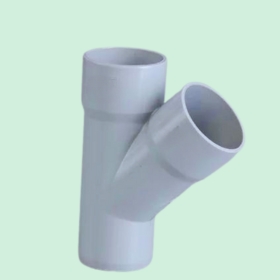
Y TEE

Reducing MTA
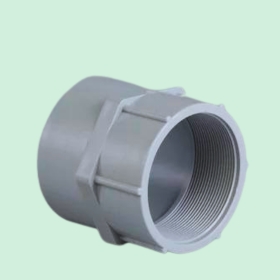
F.T.A

Reducing FTA
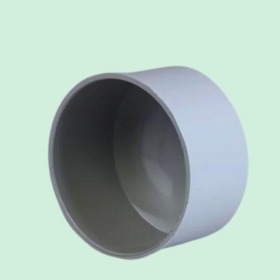
End Cap Plain
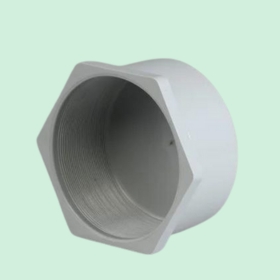
End Cap Threaded
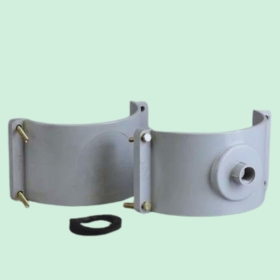
Service Saddle

Reducing FTA
Features & Benefits
Meets global standards for housing and industry applications.
Lead Free.
UV Stabilized, ensuring protection from direct sunlight
Corrosion-free and chemical resistant.
Ideal for potable water transportation.